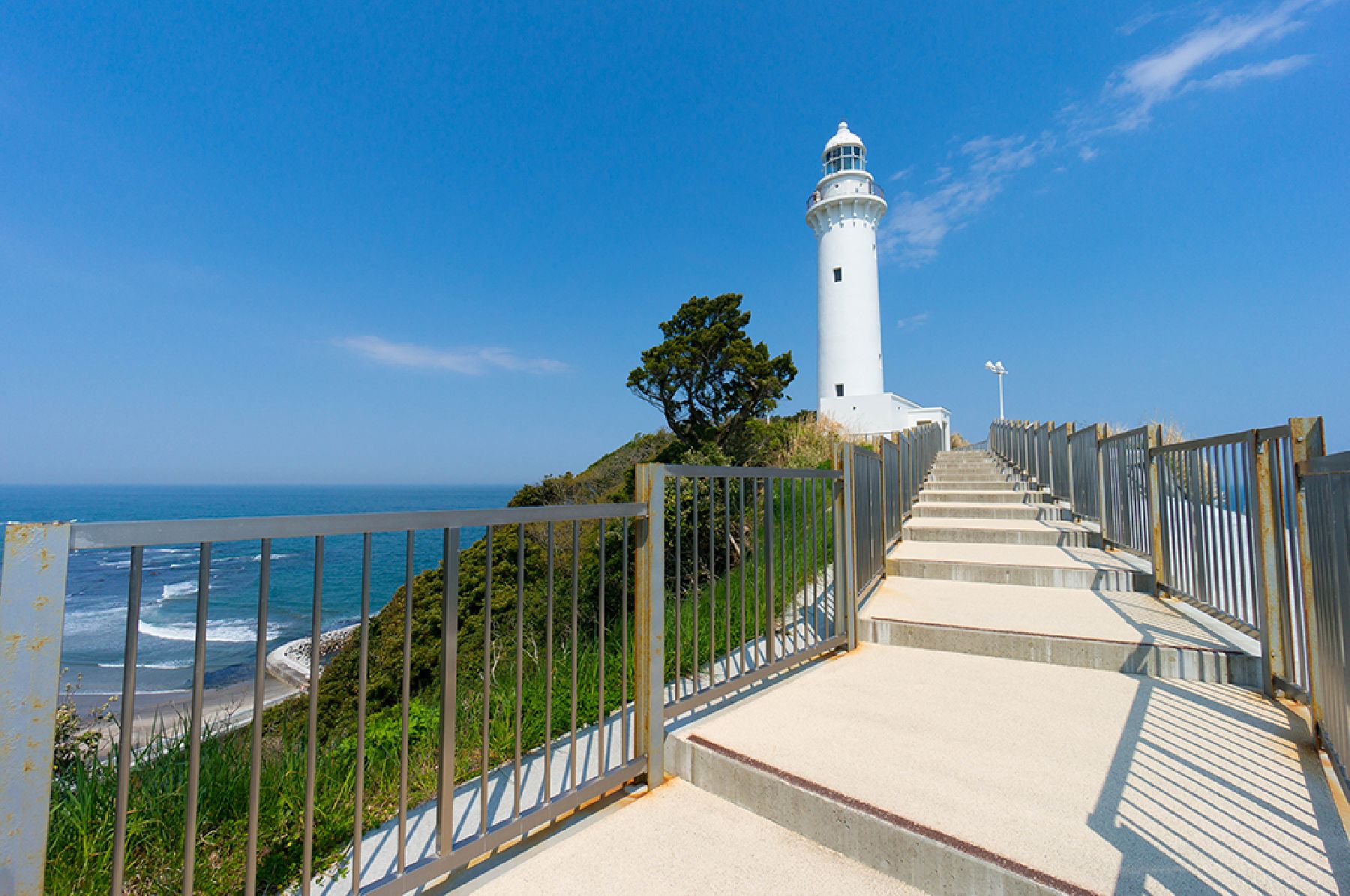
The Remains of Ukedo Elementary School in Namie Town
The Remains of Ukedo Elementary School in Namie Town (震災遺構浪江町立請戸小学校) are located in the coastal area of Fukushima prefecture.Ukedo Elementary School, located 300 meters from the sea, was having classes when the earthquake struck at 2:46 p. m. on March 11, 2011. A few minutes later, a tsunami warning was issued for Ukedo. The school staff urged students to evacuate immediately to nearby Mount Ohirayama, approximately 1.5 km from the school. When the tsunami hit about 40 minutes after the earthquake, all of the students and staff had evacuated safely.The school building suffered great damage from the earthquake and the tsunami, as did most of Namie town, which shortly after became under evacuation order due to the nuclear disaster (the evacuation order for some areas in Namie Town was lifted on March 31, 2017).In 2021, the remnants of the Ukedo Elementary School building opened to the public. The facilities remain largely untouched, with debris, broken floors and ceilings, smashed objects, collapsed furniture and other school items. Visitors can see the extent of the destruction caused by the earthquake and tsunami and learn about the importance of disaster preparedness.At the entrance, you can scan a QR code using your phone to access the English translation of each explanation panel as you proceed through the school grounds.



